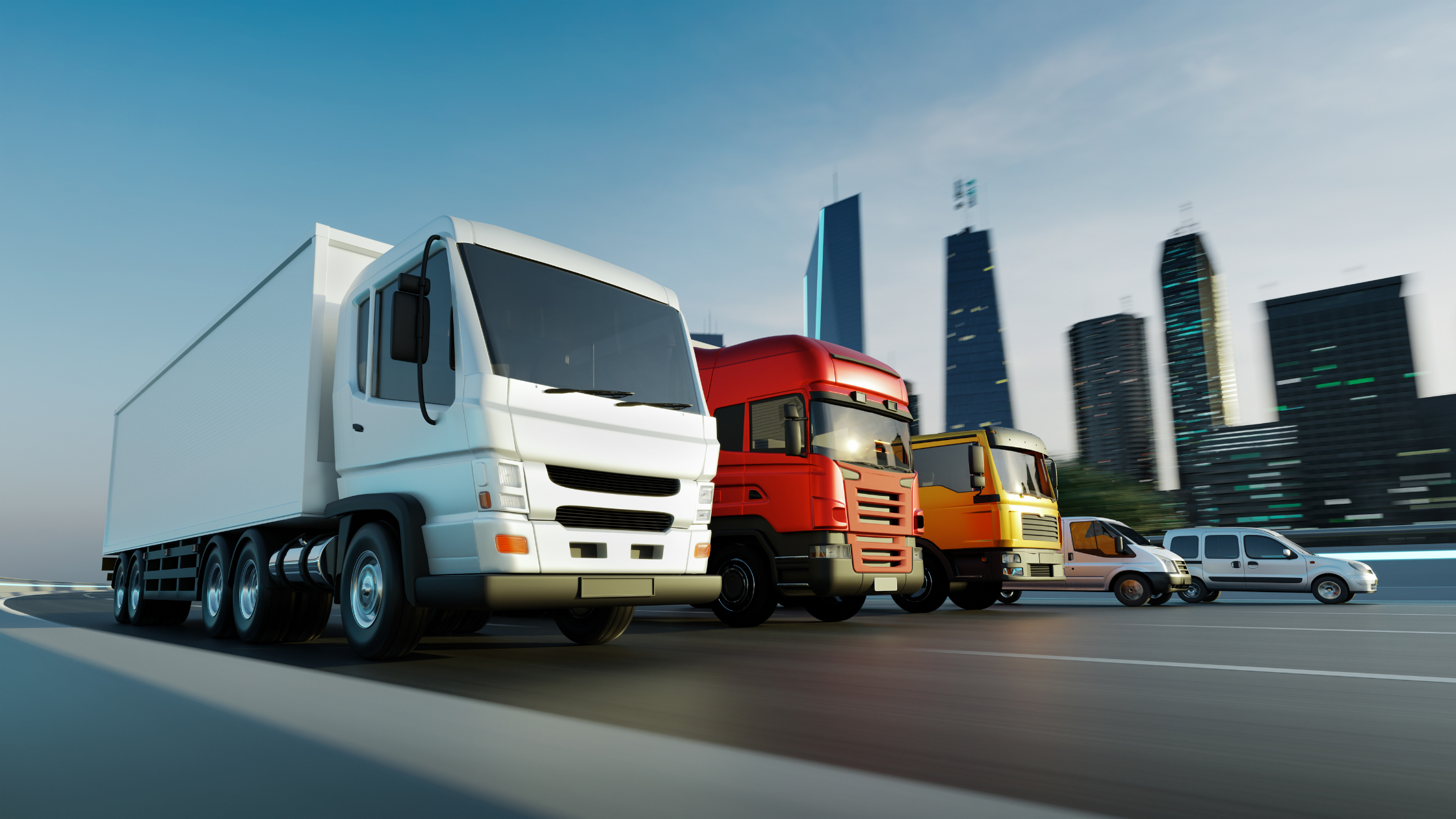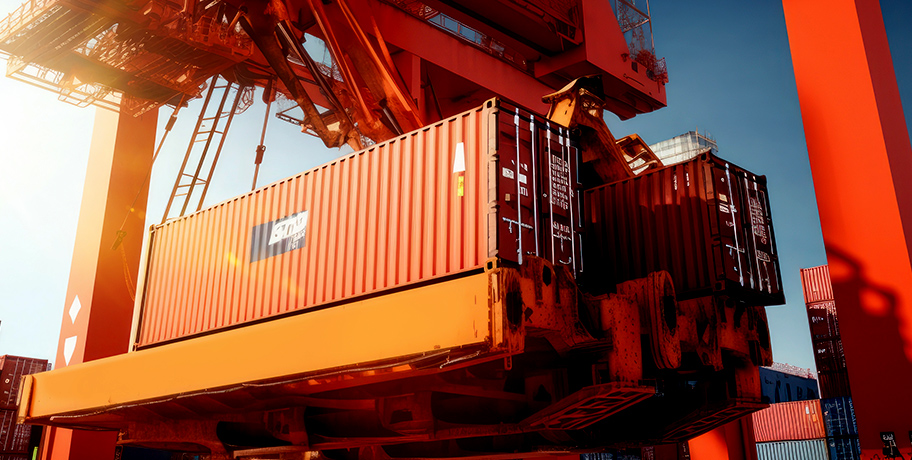SIMPLIFYING THE COMPLEXITY – WHAT IS DRAYAGE?
Mar 24, 2022
Simplifying The Complexity – What Is Drayage?
When people ask, “What is drayage,” it usually gets defined as shipping goods over a short distance. But any short hauls are the least of what drayage involves.
In today’s transportation industry, drayage is tightly connected with containerized shipping. Thousands of shipping containers are departing and arriving at ports and rail terminals every day. Drayage is the task of getting those containers to or from those intermodal connections.
In fact, now might be a good time to go over a few key terms to really understand what drayage involves:
- Dray: To haul a consolidated shipment (usually a container) on a chassis
- Power unit: The cab and engine portion of a truck designed to connect to a chassis
- Chassis: A wheeled undercarriage on which containers can be hauled
- Last free day (LFD): The last day a container can sit in a yard before storage charges apply
- Demurrage: The storage charge for a full container not picked up by its LFD
- Detention: The “rent” for keeping an empty container beyond its free period
- Clearing: Settling all the paperwork to get a container out of a port
- Intermodal: Connecting different transportation modes to move goods
The actual hauling portion of drayage just involves the power unit and the chassis. All the rest is concerned with getting the most possible use from the shipping containers. The “short hauls” often associated with drayage are all about getting a full container out of a port or terminal as cost-effectively as possible and returning the empty container as quickly as possible. This is how you control the costs of drayage.
Power units and chassis are two different elements for the same reason: cost control and maximum utilization. Different sized containers require different chassis. By only using the chassis they need when they need it, carriers can dispatch available power units as needed for a variety of containers, and avoid having those expensive chassis sitting around unused.
Being able to juggle the equipment matching and the timing of pick-ups and deliveries requires knowledgeable and experienced professionals. The driver is also the one responsible for clearing the cargo out of the yard. This can involve handling administrative matters like customs and duties paperwork, and settling any financial accounts (like demurrage).
Knowing this, you can see how central the carrier becomes in drayage. For all these reasons, drayage drivers are a distinct profession and require special licensing. Proper execution of drayage hauls also relies on proper logistics and communications between all the parties involved: Shippers, receivers, drivers, dispatchers, and port operations.
So, while it might sound funny to say so, the true answer to “What is drayage?” is: It’s complicated.
Let us simplify Drayage for you. Contact us now!
Recent Posts

Dry Van Shipping: Back To Basics

What is a Bill of Lading?

